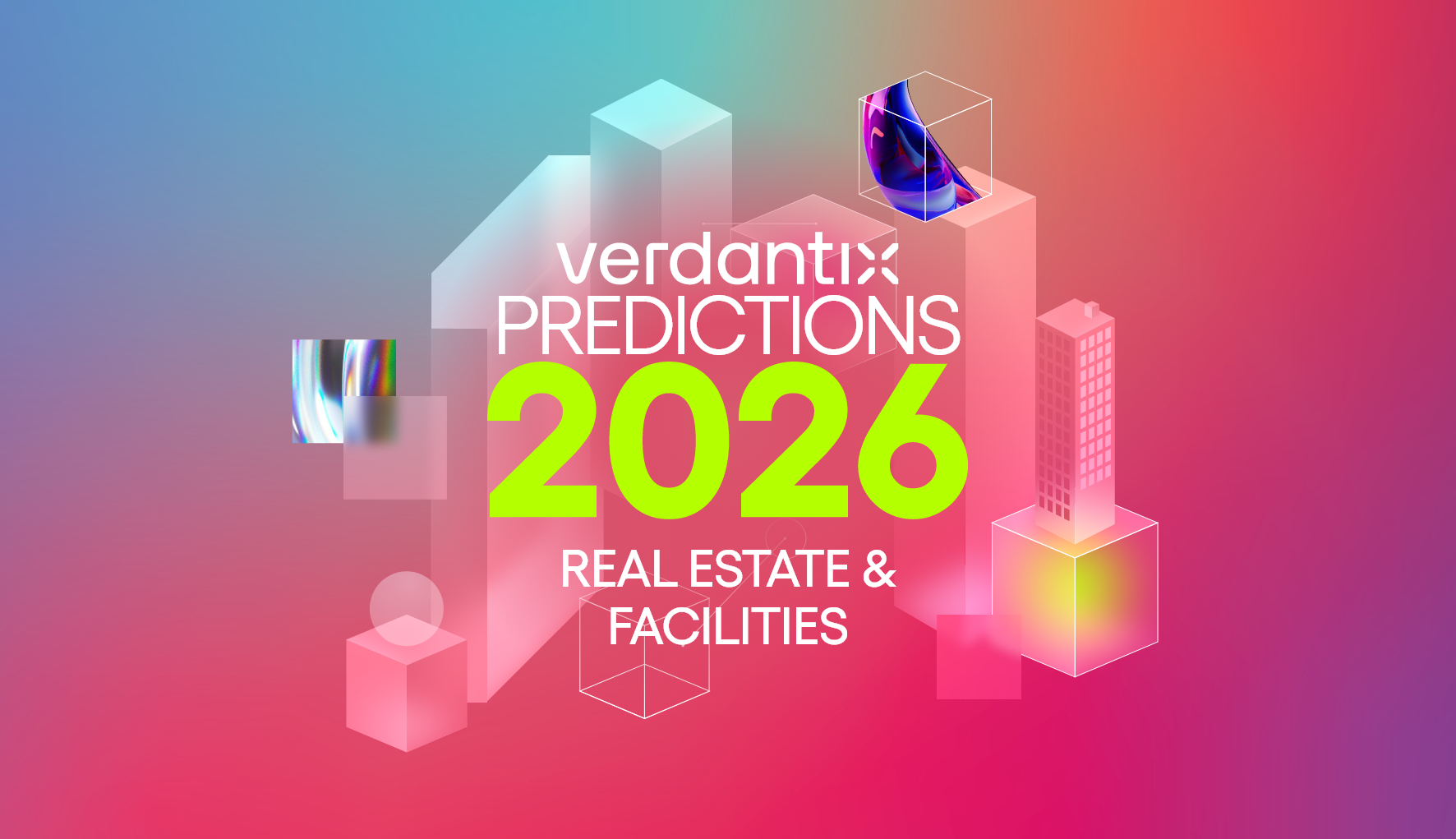Greening The Building Life Cycle: Insights From The Verdantix LCA Buyer’s Guide 2025
The building and construction sector must halve carbon emissions by 2030, or it risks jeopardizing the Paris Agreement’s target of limiting global warming to below 1.5°C. Over the past five years, life cycle assessment (LCA) software has surfaced as a vital tool for improving the built environment’s sustainability credentials, with new market entrants, evolving technologies and growing regulatory drivers.
In 2025, providers are expanding their offerings beyond solutions reliant on third-party consulting services to develop specialized digital tools that strengthen users’ carbon data management and reporting across all phases in the building life cycle. The 2025 Verdantix Buyer’s Guide on LCA tools for the building life cycle finds that buyers must:
- Seek solutions that span the entire building life cycle.
Due to diverse vendor heritages, LCA solutions are traditionally tailored to specific building stages, such as design or operations. Solutions with end-to-end life cycle functionality are critical to bridge data silos across the value chain and centralize data management. Witness One Click LCA’s platform and PRé Sustainability’s SimaPro, both of which have capitalized on demand and provide a wide breadth of functionality during each lifecycle stage. Additionally, solutions that enable firms to manage the entire LCA process in-house eliminate reliance on costly and lengthy processes with external verifiers. This facilitates rapid LCA computation to prevent project delays and minimize the risk of losing work.
- Engage with providers who adapt in line with changing regulatory demands.
Reporting building ESG data to stakeholders and investors is a top-line priority for 72% of real estate executives of real estate executives; navigating the intensifying regulatory landscape is therefore essential. Large-scale regulatory changes brought about by major legislation such as the EU’s CSRD and the global RICS WLCA (whole life carbon assessment) are complicating data collection and reporting requirements. Buyers must prioritize vendors with data collection functionality that supports their current and future reporting needs.
- Be cognizant of region-specific expertise.
According to Verdantix survey data, LCA software is used in some capacity during 66% of global capital projects. Adoption rates are higher still in Europe specifically, where usage rises to 79%, driven by differences in region-specific sustainability requirements. As a result of the fragmented regulatory landscape, few providers offer full coverage across all regions and markets. Buyers managing multinational building portfolios must therefore conduct careful due diligence when selecting providers to understand their true capability across specific geographies and knowledge of local requirements and regulations.
We anticipate that strong demand for LCA software for the built environment will continue throughout 2025, driven by the growing need to manage LCA processes in-house, automate EPDs, pinpoint emissions hotspots and increase asset value. For more information on how to navigate the LCA market, check out the full report here: Buyer’s Guide: LCA Tools For The Building Life Cycle (2025). For additional insight into LCA software for real estate, see Verdantix Market Overview: Unveiling Digital Solutions For Lifecycle Carbon Reduction In The Built Environment.
About The Author

Sophie Planken-Bichler
Industry Analyst





